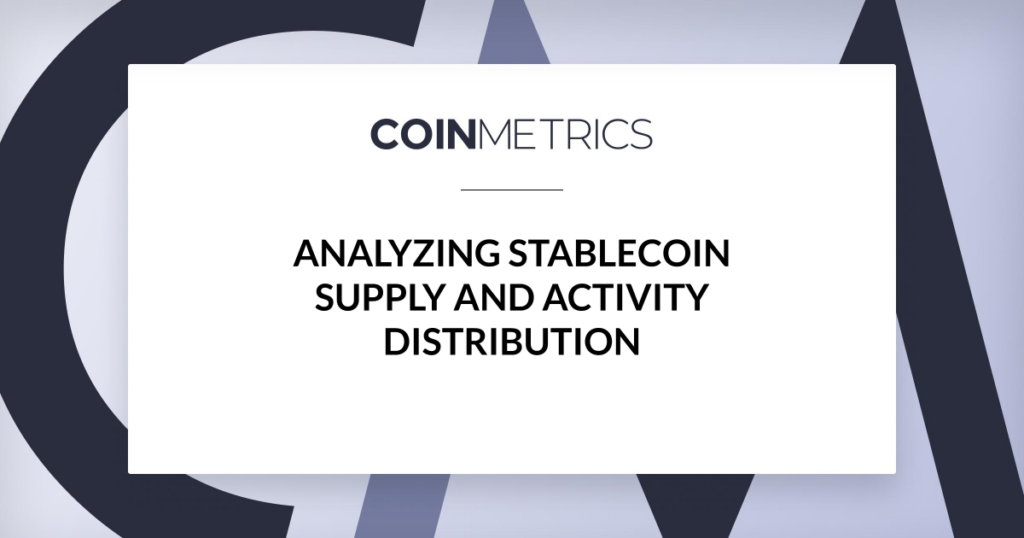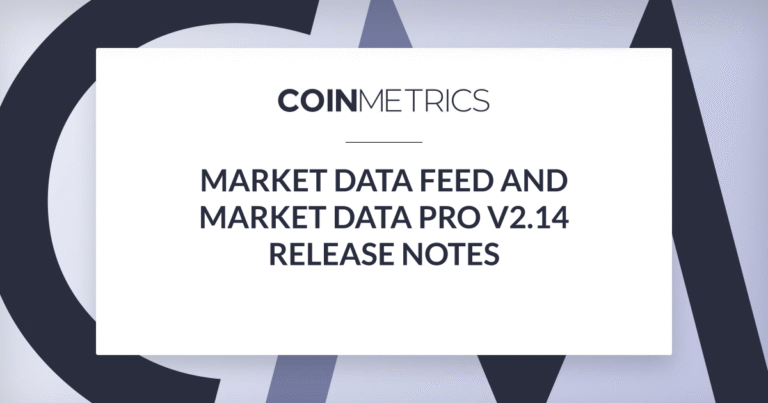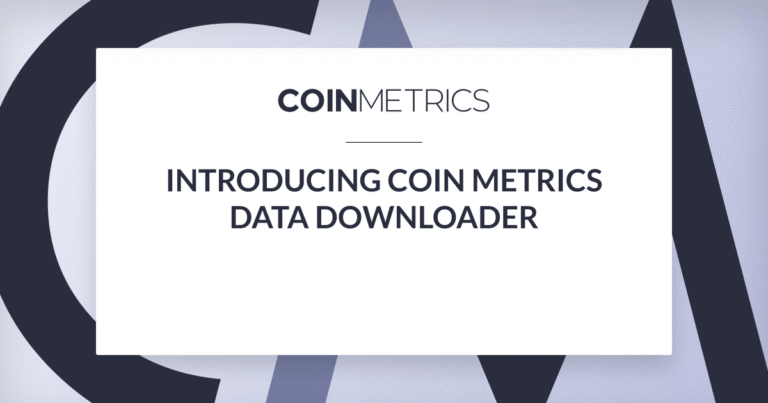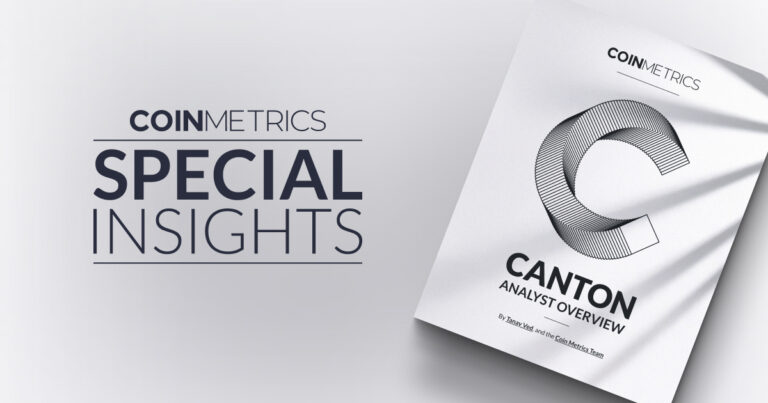Key Takeaways
- The supply and activity distribution of a stablecoin can help us understand how it is used.
- The ERC-20 variant of Tether shines as being particularly well distributed amongst its holders. Meanwhile, 6 accounts or less own 80+% of the supply for Gemini Dollar, Binance USD, Tether (Tron), USDK, and HUSD.
- At first, Paxos appears to have a broad active user base. However, looking at the top transactors on Paxos leads to an interesting discovery: the two most active accounts on Paxos are linked to MMM BSC, a ponzi scheme which underwent an exponential growth in activity in the past year.
- Another interesting discovery is that the most active Tether on Tron accounts are linked to “dividend” payouts. In some days, this was responsible for 90+% of Tether on Tron transfers.
- Some stablecoins like Paxos and Tether on Tron see a lot of retail-like transactions, probably due to the presence of MMM and other dividend schemes on these assets. Other stablecoins like HUSD and Binance USD have a large share of payments above $100k.
Introduction
One of the biggest changes in the crypto industry over the past years has been the emergence and development of stablecoins. Split across many networks (Bitcoin, Ethereum, Tron and more) and issuers (Tether, Circle/Coinbase, Binance, etc.), these assets share many similarities: they have the same price, often use the same tech (ERC-20) and serve similar users.
In this piece, we will look at stablecoins network data and try to understand how their usage varies across the networks they are based on and their issuer. More particularly, we will look at Tether (on its Omni, Ethereum and Tron versions), Paxos, USDC, TrueUSD, Gemini Dollar, HUSD, Binance USD, and USDK.
Supply Distribution
The supply distribution of a stablecoin can help us understand how it is used. If it is only used on few exchanges without much other activity, most of the supply will be concentrated in few addresses. On the contrary, if it’s used by many exchanges and users, it will be more broadly distributed.
The ERC-20 variant of Tether shines as being particularly well distributed amongst its holders. Meanwhile, 6 accounts or less own 80+% of the supply for Gemini Dollar, Binance USD, Tether (Tron), USDK, and HUSD.
USDK has a particularly strange supply distribution. As of writing, 3355 accounts hold USDK, but 3170 (94%) only own either $0.5 or $1 which they received in July 2019 from an account who in turn got its money from OKex. Given that barely any recipient spent their money, it doesn’t look like a traditional airdrop.
Activity Distribution
Another way to compare stablecoins is to look at how many accounts are responsible for the majority of the on-chain activity (e.g. 80% of all on-chain activity, as in the chart below). If a small number of accounts are responsible for most of the transactions, it shows a lack of use outside of a handful of exchanges.
Note: For USDK, we exclude the activity related to crediting the 94% of accounts holding only $0.5 or $1.
At first, Paxos appears to have a broad active user base. However, looking at the top transactors on Paxos leads to an interesting discovery: the two most active accounts on Paxos are linked to MMM BSC, a ponzi scheme which underwent an exponential growth in activity in the past year.
Nowadays, more than 40% of all PAX transfers are directly related to this scheme.
Another interesting discovery is that the most active Tether on Tron accounts are linked to “dividend” payouts. In some days, this was responsible for 90+% of Tether on Tron transfers.
Transfer Value Distribution
If stablecoins are truly used as a means of payment for retail users, we should see that the majority of transfers’ value falls below $100 (PayPal’s average transaction value in Q1 2020 was around $58). On the other hand, if one sees stablecoins as liquidity rails for traders, the majority of payments should be of high value (in our case, we picked $100k as the lower bound).
It turns out that both visions are correct, depending on which stablecoin you look at. Some stablecoins like Paxos and Tether on Tron see a lot of retail-like transactions, probably due to the presence of MMM and other dividend schemes on these assets. Other stablecoins like HUSD and Binance USD have a large share of payments above $100k.
Shared Ownership
An old idiom says that “birds of a feather flock together.” A similar question can be asked of stablecoins: are similar stablecoins owned by the same accounts?
This kind of analysis can only be done on stablecoins that share the same network. For example, stablecoins like PAX and USDC, which are both issued on the Ethereum blockchain. However an address owning Tether on Tron cannot own USDC on Ethereum, since the addresses are not consistent across blockchains. As the great majority of stablecoins are issued as Ethereum ERC-20 tokens, this is the asset on which this analysis has been run:
A few things to note from that chart:
- Two pairs of assets jump out as being owned jointly by single chart accounts: TrueUSD with USDC and HUSD with Binance USD.
- TrueUSD owners seem to be more likely to own other stablecoins.
Conclusion
While stablecoins are often bunched together and treated as a whole but by looking deeply at network data, we can better understand how these assets work and how they differ. Even when issued by the same entity (Tether), stablecoins on different networks have varying outcomes in supply and activity distribution.
Analyzing Stablecoin Supply and Activity Distribution This kind of analysis is only preliminary and many more things can be compared and contrasted between stablecoins. If you would like to dive deeper into our stablecoin data, checkout our free community charting page which features data from all of the stablecoins used in this piece.



